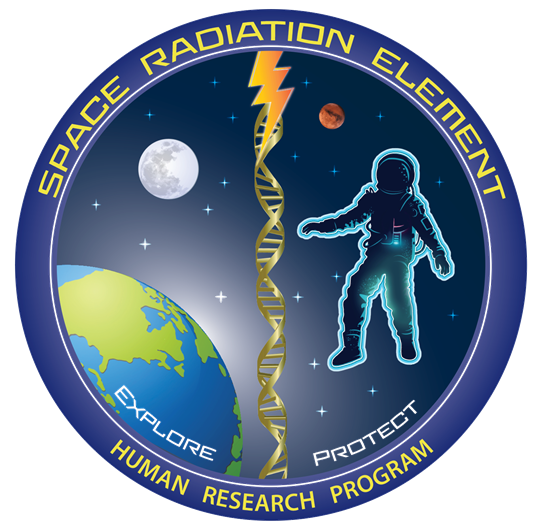TOPAS-nBio: A Monte Carlo simulation toolkit for cell-scale radiation effects
J. Schuemann, A. McNamara, J. Ramos, J. Perl, K. Held, H. Zhu, S. Incerti, H. Paganetti, B. Faddegon12/06/2019
Abstract
TOPAS-nBio is an extension of the TOPAS (TOol for PArticle Simulation) Monte Carlo system to the (sub-)cellular level. TOPAS provides a user-friendly interface to the general purpose Geant4 toolkit specifically designed for medical physicists and applications in radiation therapy. TOPAS-nBio employs the same user-friendly approach to provide an interface to, and extend the capabilities of, the Geant4-DNA project, including the low energy domain of radiation effects and initial radiation chemistry on biological structures such as DNA. The goal is to shed light on the fundamental mechanisms that determine the biological outcome of irradiated tissue and understand the differential response of tissue to various types of radiation such as photons, light ions (proton or Carbon) and heavier ions (iron and silicon). This is relevant to radiotherapy applications as well as understanding space radiation effects on astronauts.
TOPAS-nBio offers a multitude of geometric implementations of biological structures (e.g. cells, mitochondria and DNA) to allow users to develop realistic representations of the tissue in question. Additionally, a significant effort was made to improve the simulation of the initial chemical reactions of radiolysis products. Finally, mechanistic models of the DNA repair kinetics can be linked to TOPAS-nBio to determine the likelihood of repair or misrepair of the radiation-induced DNA damage patterns via the Standard for DNA Damage (SDD) data format.
TOPAS-nBio is released as an open source extension to the TOPAS toolkit. By providing a select catalogue of cell geometries and repair models, we hope to encourage an active contribution by the research community to continuously expand the capabilities of TOPAS-nBio and eventually help improve our understanding of radiation response from the bottom up.
TOPAS-nBio offers a multitude of geometric implementations of biological structures (e.g. cells, mitochondria and DNA) to allow users to develop realistic representations of the tissue in question. Additionally, a significant effort was made to improve the simulation of the initial chemical reactions of radiolysis products. Finally, mechanistic models of the DNA repair kinetics can be linked to TOPAS-nBio to determine the likelihood of repair or misrepair of the radiation-induced DNA damage patterns via the Standard for DNA Damage (SDD) data format.
TOPAS-nBio is released as an open source extension to the TOPAS toolkit. By providing a select catalogue of cell geometries and repair models, we hope to encourage an active contribution by the research community to continuously expand the capabilities of TOPAS-nBio and eventually help improve our understanding of radiation response from the bottom up.


